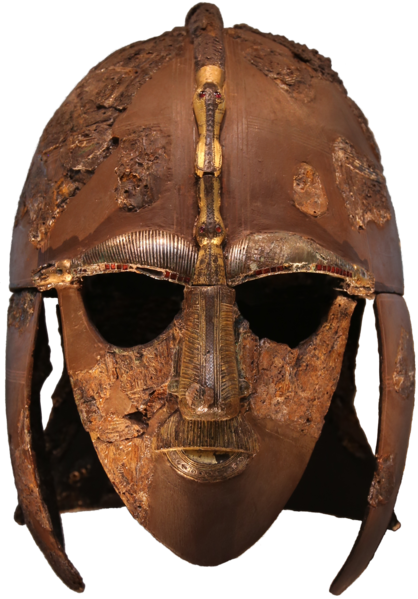Zoroastrianism
Zoroastrianism or Mazdayasna is one of the world's oldest continuously practiced religions, based on the teachings of the Iranian-speaking prophet Zoroaster (also known as Zaraθuštra in Avestan or Zartosht in Modern Persian). Ahura Mazda (Wise Lord) is the deity that is at the heart of the religion, and Ahriman is a satanic figure, that will be defeated in the last days when good wins out over evil in a final judgement. There is also the belief in the religion of a heaven and hell, and as a religion been round since the 2nd millennium BC. Also, it is messianic, judgement after death, monotheistic in belief, and free will. All these are hinted by many scholars to have influenced many other religions it has had contact with (such as Judaism, Christianity, and Islam, to name the obvious).
As a religion, it is found throughout Persia, especially in the east, and extends well into the Indian subcontinent. Its religious texts is known as the Avesta. Zoroastrianism's core teachings include:
- Follow the Threefold Path of Asha: Humata, Huxta, Huvarshta (Good Thoughts, Good Words, Good Deeds).
- Charity is a way of keeping one's soul aligned with Asha and thus of spreading happiness.
- The spiritual equality and duty of men and women alike.
- Being good for the sake of goodness and without the hope of reward.
Type
Religious, Organised Religion
Related Plots



Comments